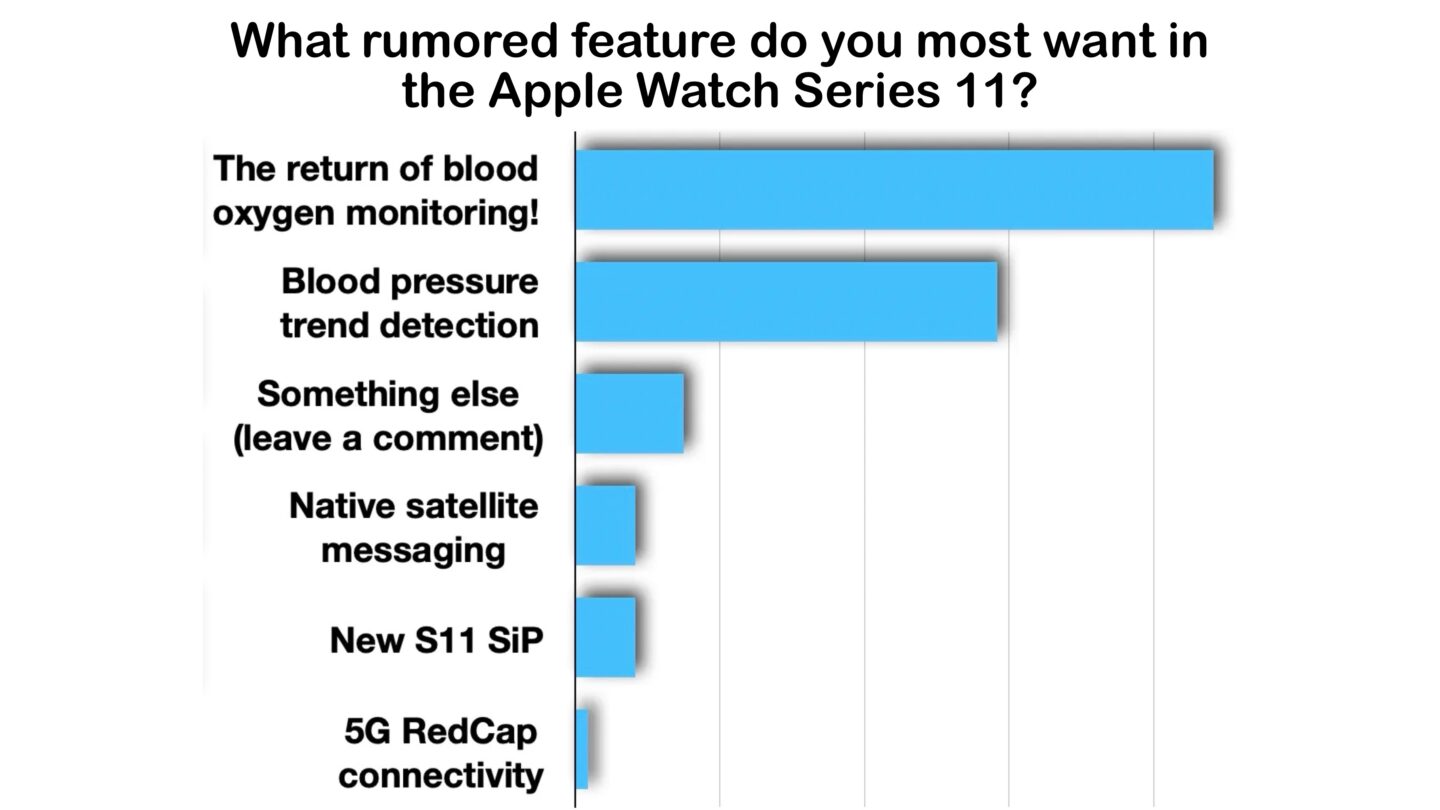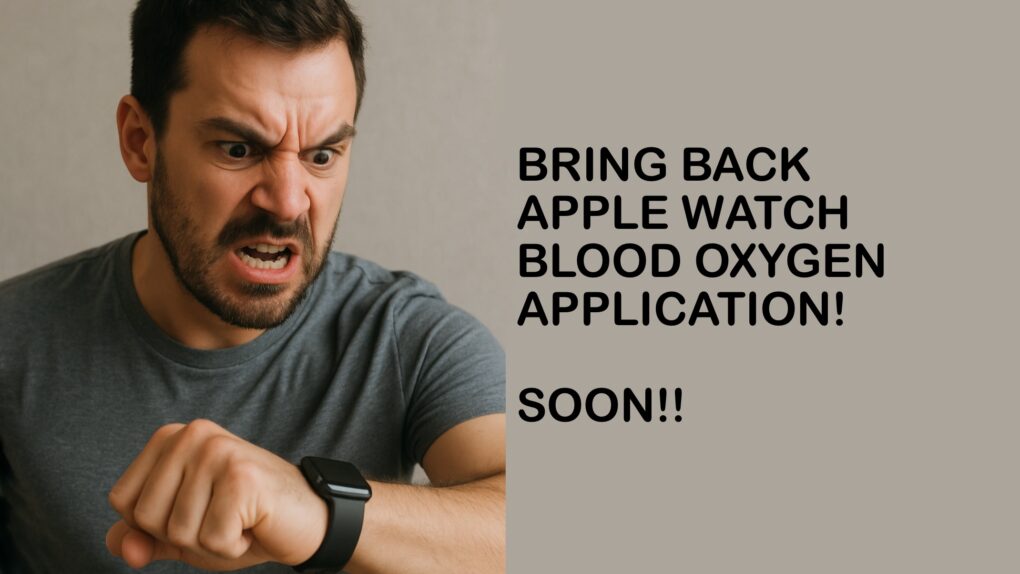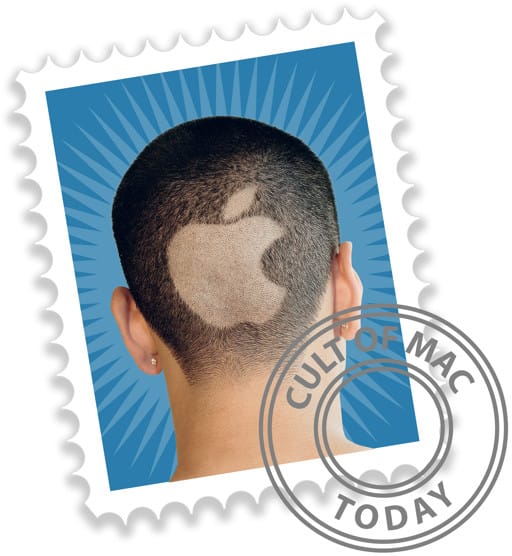When we polled Cult of Mac readers on what feature they want most in Apple Watch Series 11, the answer came through loud and clear: Bring back the Blood Oxygen app! None of the rumored upcoming Apple Watch features drew more attention than one that went missing last year over a patent dispute.
Unfortunately, the Blood Oxygen app remains tied up in U.S. courts. Apple needs to work out the problem, and soon. The missing Blood Oxygen app is undoubtedly hurting Apple Watch sales and angering customers. And it’s only going to get worse when the Apple Watch Series 11 and Ultra 3 launch next month — assuming Apple doesn’t come up with a workaround.
Apple Watch Blood Oxygen app: A missing essential
Some of you are likely confused at this point because your Apple Watch has the Blood Oxygen app, which measures oxygen saturation levels in the wearer’s bloodstream. If you live outside the United States, this problem doesn’t affect you. The same is true if you use an older Apple Watch in the United States.
Since early 2024, Apple has been forbidden to install the Blood Oxygen app, which pulls data from an optical sensor, on new Apple Watch models sold in the United States. The sensor itself remains in the Apple Watches, and the app can be reinstalled when (or if) Apple settles the legal dispute.
But until it does, no new Apple Watch sold in the United States will include the Blood Oxygen app.
Bad news for the 2025 Apple Watch Series 11 and Ultra 3
If you are an American with an older Apple Watch who uses the Blood Oxygen app, you need to think hard before upgrading to one of the 2025 models. You’ll lose that feature if you do. (Read our deep dive into how to use the Apple Watch’s blood oxygen sensor, and what it’s good for, to see what you would be giving up.)
You still might be interested in one of Cupertino’s new wearables, especially if the Apple Watch Ultra 3 and Apple Watch Series 11 get the rumored blood pressure trend detection feature. But we know plenty of Cult of Mac readers think getting the Blood Oxygen app back is critical. Early this week, our free Cult of Mac Today newsletter (which you should subscribe to) included a poll asking readers which rumored Series 11 feature they were most excited about. Returning the Blood Oxygen app got nearly 50% of all the votes. It easily beat every other possibility.

Chart: Cult of Mac
Bad for everyone
A situation where consumers want the latest Apple Watch but won’t get it because it lacks a feature their older version has is bad for consumers and bad for Apple.
Surely I don’t need to explain why the missing Blood Oxygen app is frustrating for U.S. shoppers. A feature their current Apple Watch has is not an option for a new model, even though users of the same wearable in other countries gain access to it.
On the other side of the coin, the problem is undoubtedly costing Apple money. The fall quarter of 2023 was the last before Apple pulled the Blood Oxygen app from new Apple Watches, and Cupertino’s revenue from wearables has dropped every quarter since then. Every single one.
This is a problem that urgently needs fixing.
Why Apple Watch Blood Oxygen app went missing
At the heart of the problem is a court battle that pits Apple against Irvine, California.-based Masimo Corp. and its sibling company, Cercacor Laboratories. The alleged patent infringement involves light-based pulse oximeters that measure blood oxygen. The data can be used to identify breathing problems, lung disease, circulation issues and other medical conditions.
While developing the version of the tech that goes into the Apple Watch, Cupertino made some interesting hires. They included Marcelo Lamego (Cercacor’s chief technology officer), Michael O’Reilly (Masimo’s chief medical officer) and 30 other Masimo employees. Masimo argues that these former employees gave Apple proprietary information — and that the Apple Watch violates Masimo’s patents.
The company convinced court after court that it was in the right, to the point that the International Trade Commission banned the import into the United States of Apple Watches that use the disputed technology.
To be clear, Masimo is not a patent troll — a company that does nothing but sue successful product makers using dodgy patent-infringement claims. Masimo took in $2 billion in 2024 selling wearables with pulse oximeters.
Write them a check, Apple
The long-term solution that’s a win for everyone is for Apple to license the patents in question. It’s time the iPhone maker gives up hope on finding an alternative way to do the same job without infringing on Masimo’s patents.
Write Masimo a check, Apple. Court after court agrees you’re in the wrong. You’re only hurting yourself and your customers. Please stop.
Fingers crossed on Blood Oxygen app in 2025 Apple Watches
We can look forward to Apple unveiling the Apple Watch Series 11 and Ultra 3 next month (likely on September 8). The best thing U.S. Apple Watch fans can hope for during the launch event is an announcement that Apple reached a patent-licensing deal with Masimo that returns the Blood Oxygen app to all Apple Watches in the United States, new and old.
If that happens, there’ll be a burst of sales as many people using older Apple Watch models upgrade to the new ones. If it doesn’t, Apple likely can look forward to another quarter of declining revenue from wearables. And a whole lot of frustrated customers.


